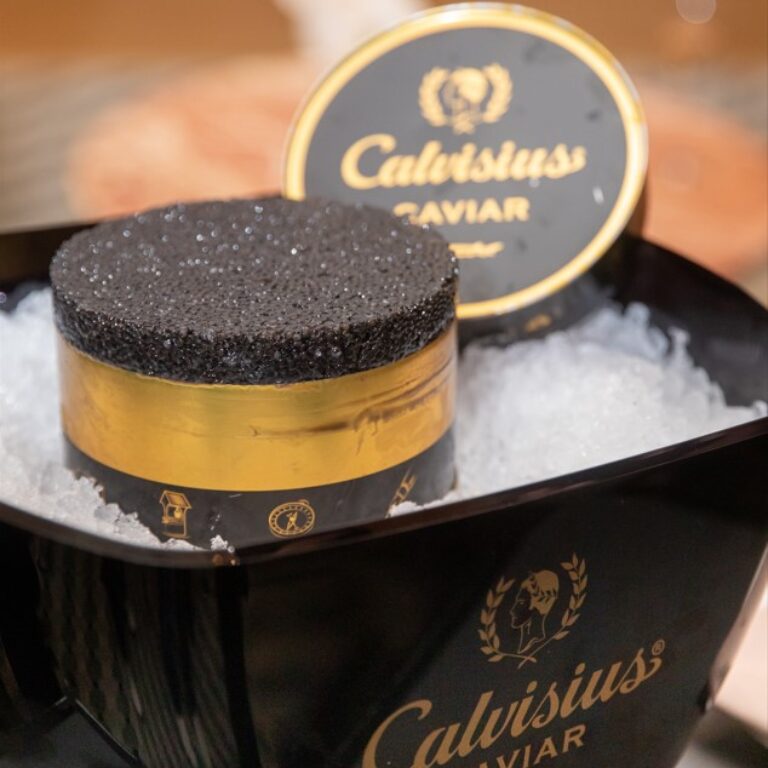
Sturgeons, living fossils
Sturgeons are a truly ancient fish species!
They are part of the Acipenseridae family, and their appearance on earth dates back to over 200 million years ago: they experienced Pangaea and continental drift, unbelievable!
Remaining almost unchanged over millions of years, the skeletal backbone has deteriorated over time into cartilage, making sturgeons flesh naturally boneless.
Sturgeons have five rows of bony shields on their bodies, presumably useful millions of years ago as a defence against large predators.
Their appearance is reminiscent of sharks, especially the tail: evidence of the antiquity of the species lies in the shape of the caudal fin, which is heterocercal, just like that of sharks.
But they are very docile fish, not great predators. As a matter of fact, they don’t actually have any teeth. They are deepwater fish and in nature they mainly feed on small invertebrates such as snails and shrimps.
Only sturgeon roe can become caviar, because the wait for roe production can be extremely long: the White Sturgeon (Acipenser transmontanus) takes an average of 13 years to produce the roes, while Beluga (Huso huso) needs between 18 and 20 years, a very long time that justifies the important difference between sturgeon roe and all other fish roe.
Sturgeon are long-living animals, characterised by slow and steady growth, which causes them reach enormous sizes, such as over 8 metres long and weighing 1500 kg, true giants of the rivers.
Since 1998, sturgeon have been included in CITES, a treaty that protects endangered species, and their fishing in the wild has been heavily regulated. Today, the caviar and sturgeon found on the market are almost entirely farmed.



